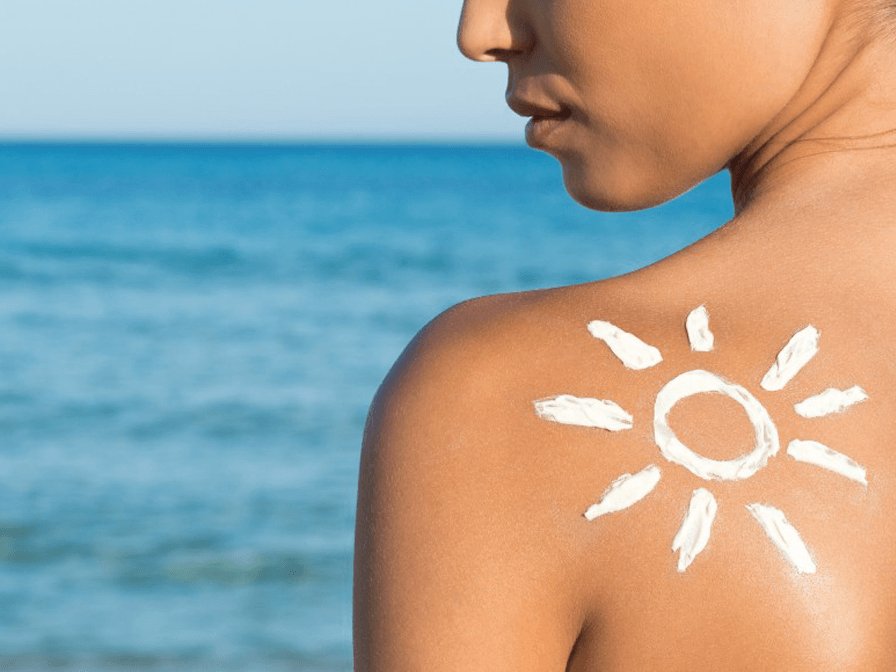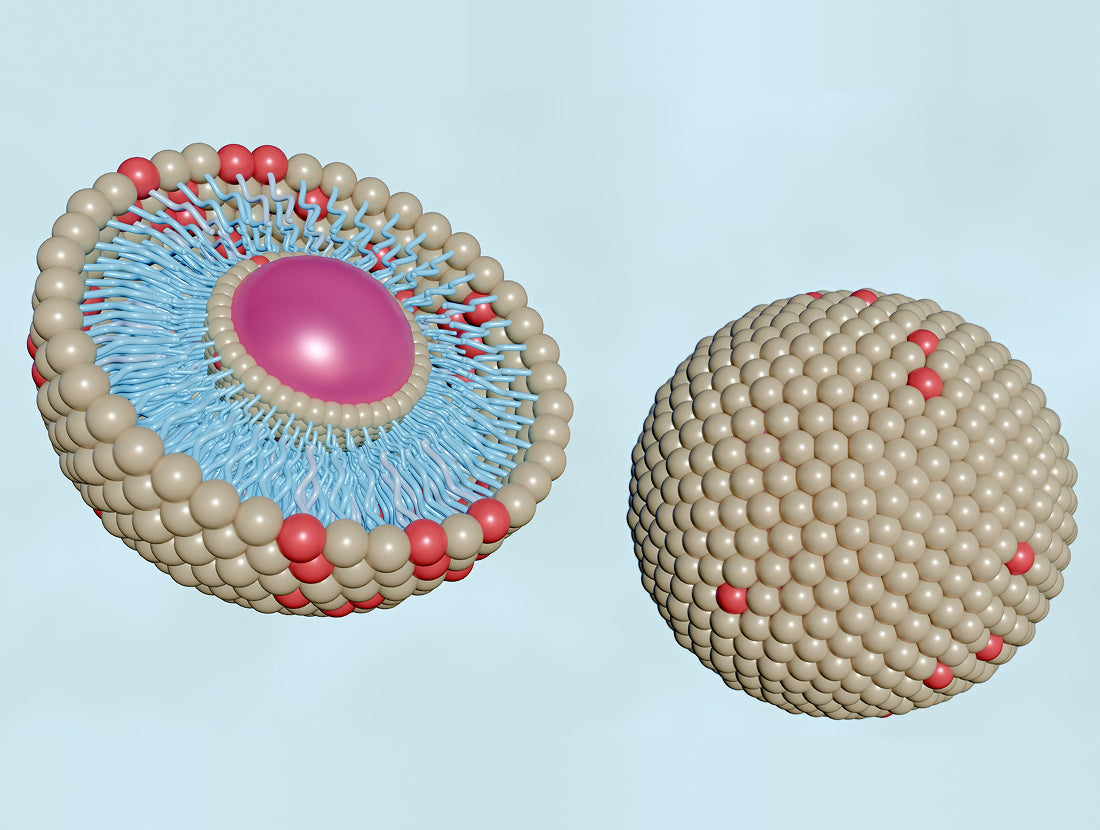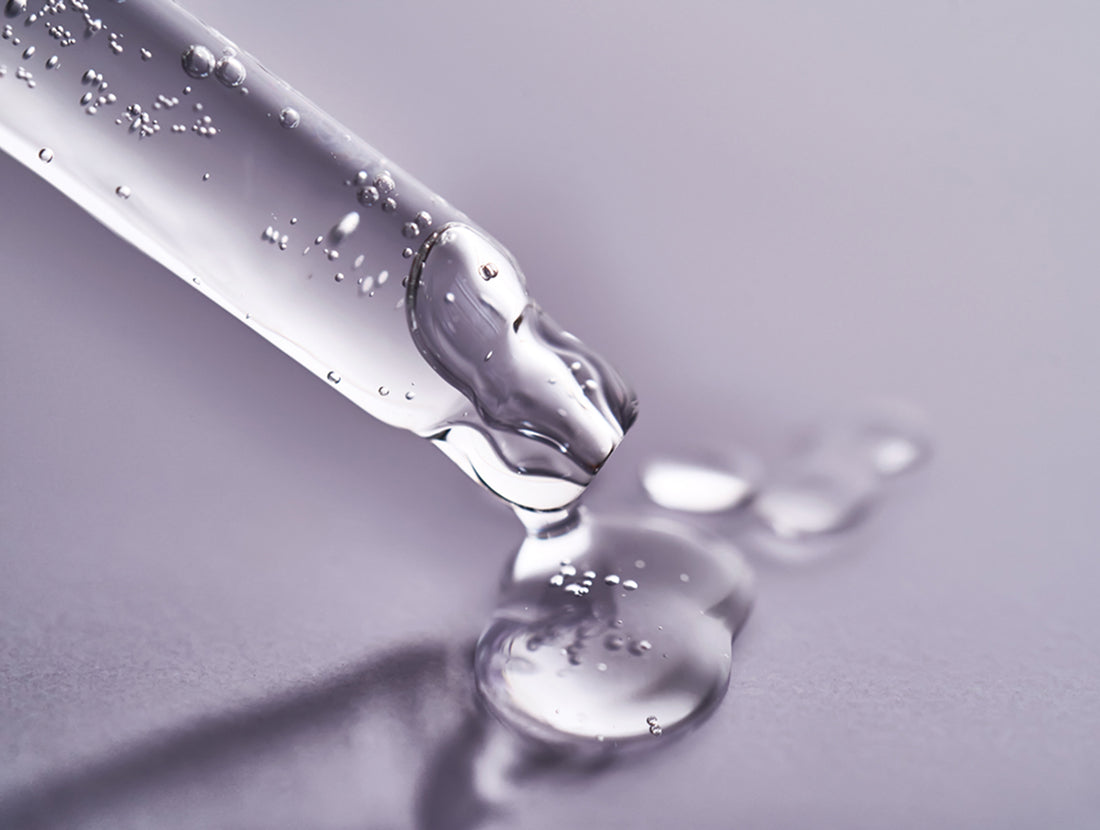1. Sun Protection Factor (SPF)
There are plenty of SPFs, as low as 2 to upwards of 100, so it can be tricky to guess which is the most effective for you. It is beneficial to know what exactly SPF measures and which number offers the best protection, because unprotected sun expose can lead to early aging and possibly skin cancer.
The SPF ranking quantifies the shielding of UVB sunrays from the skin. UVB sunrays are the main culprit of sunburns and irritation to the superficial layers of the dermis. Experts agree that SPFs 30-50 is the perfect window to offer proper protection. A Higher SPF is only marginally more effective than a lower SPF because the scale is not linear which can be misleading to consumers. For example, SPF 30 is not twice as effective as SPF 15 just because the number doubles. Here is a quick breakdown of how much of a barrier is offered by the common SPFs: SPF 15 blocks 93% of UVB rays, SPF 30 blocks 97% and SPF 50 blocks 98%. Anything over SPF 50 will not provide much benefit and is usually used as a marketing ploy to seem more effective since it is impossible for a sunscreen to provide 100% protection.
2. Physical or Chemical
There are two types of sunscreen, physical and chemical, that both have unique benefits and drawbacks. Factors such as your skin’s sensitivity, level of activity and personal preference will determine which type of sunscreen will work best for you.
Physical sunscreen lies subtly of top of the skin and works to deflect sunrays away from the body. Since physical sunscreen does not deeply penetrate the skin it is great for sensitive skin types that cannot handle many ingredients that might become irritating. A potentially negative aspect is that many physical sunscreens are composed of minerals that may leave a white chalky residue. Also, it is easier to rub away especially when in contact with water or sweat.
Chemical sunscreen is a fantastic option for stay-put protection. It penetrates and absorbs into the skin, making it water and sweat resistant. The formula allows for easy glide-on application. The organic chemical compounds absorb sunrays and transfer them into heat in order to protect. Chemical sunscreen can be irritating for those with sensitive skin as it does perpetrate deeper levels of the dermis; however, other soothing agents are usually added to diminish annoyances.
3. Water Resistance
Take a moment to consider the amount of water activities or amount you sweat during a typical day when choosing your next sunscreen. No sunscreen is completely water-proof or sweat-proof though many chemical sunscreens are water-resistant and will stay put for about 60-80 minutes of moisture. It is recommended to always remember to reapply after toweling off after swimming and to reapply sunscreen every 2 hours when out in direct sunlight.
4. Expiration Date
Most sunscreens expire within 2 years of being produced. When buying a new sunscreen bottle check for an expiration date to be sure that the product is new and has not been sitting on the self for too long. Sunscreens with active ingredients will spoil.
5. Sun Exposure
Sunscreen is still required during the winter months even in areas where not much time is spent outside due to snow and extreme cold. Sunrays can still make their way through the clouds and cause sunburns, so remaining caution on overcast days is a must. The time of year definitely influences the amount of sunscreen needed simply by the amount of sun exposure you are receiving. There are always other options available to shield away from the damaging rays such as hats, long sleeves, pants etc.
6. Storage
You know it is time to buy a new sunscreen when you find yourself wondering when you had even picked up and used the old bottle. Sunscreen can degrade and spoil in high heat so it is best to keep them stored in climate neutral areas unlike the car or outside. If you notice a change is texture, color or smell it is time to purchase a new sunscreen even it has not yet expired.
7. Skin Type
There are five main skin types: normal, oily, dry, combination and sensitive. Many skincare companies will alter their sunscreen formulas to cater to a specific skin type. Do a little research and consider all text written on the packaging such as ingredients and features to find the optimal formula. Chemical sunscreens have the opportunity of adding ingredients that can absorb deeply into the skin along with the active ingredients of the sunscreen itself.
8. Sunscreen Container
The type and size of the container of sunscreen may have a subtle influence on when, how much and how often you apply sunscreen. Buying a conveniently portable tube, bottle or makeup compact of sunscreen to stick in your bag/purse to carry around with you throughout the day will make it less possible to forget reapplication. During the summer months, purchasing in a large container will insure that you do not run out and that there is enough for the family.





